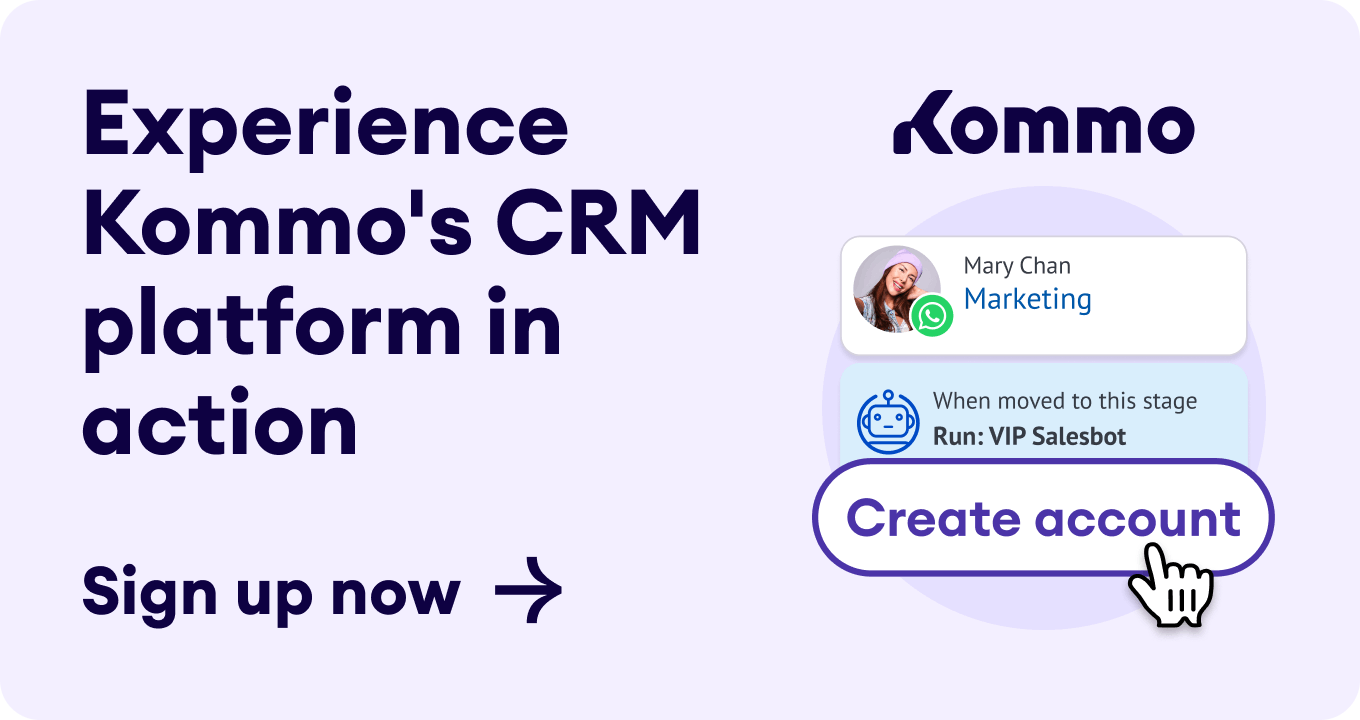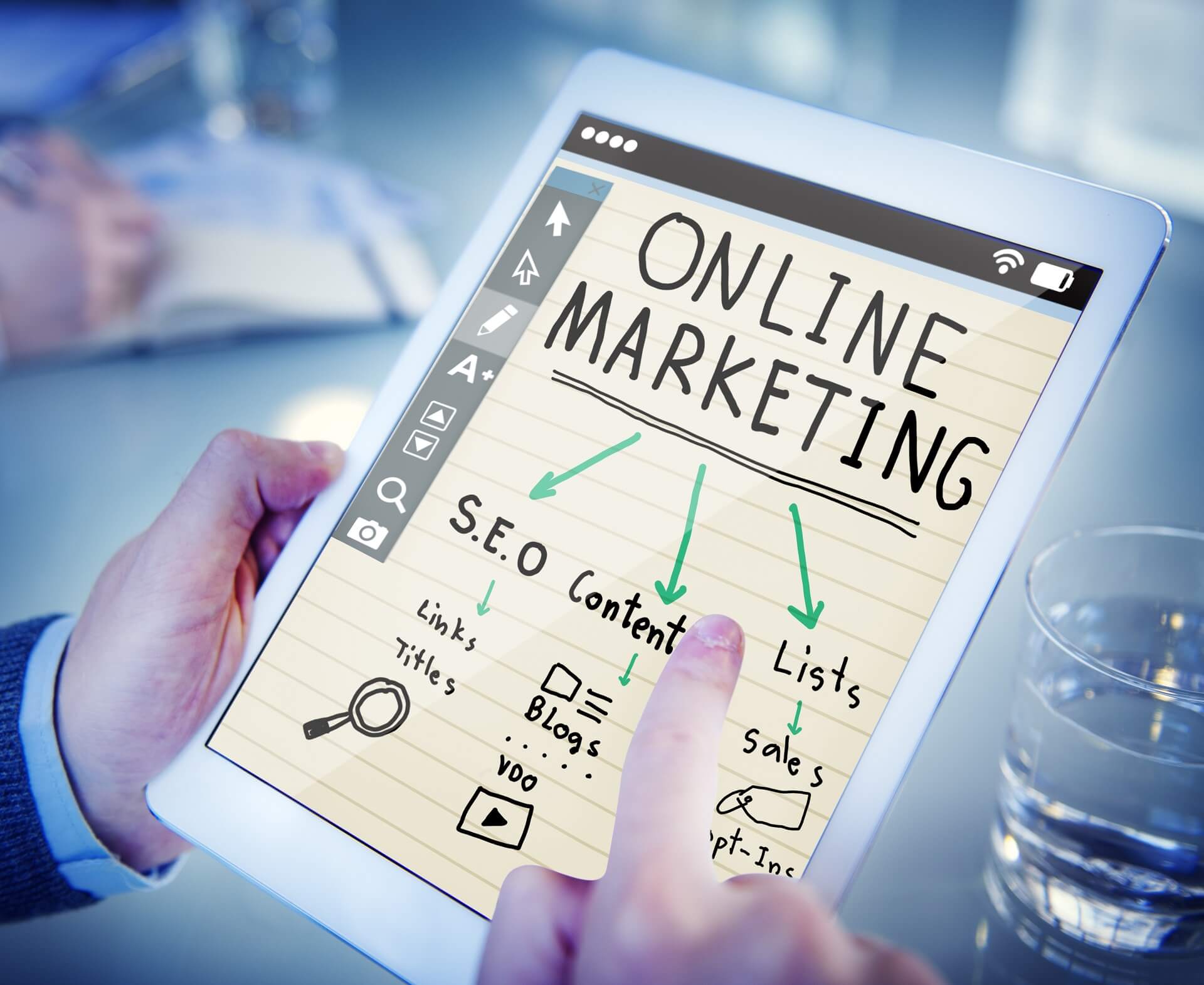Times, however, have drastically changed. Consumers started to be aware of companies’ tricks and intentions. They have grown more cautious, tending to gather their own information about the product or service they are interested in and favoring the use of reviews. And when the days when shiny ads capturing people’s attention were finally gone, inbound marketing dawned.
Inbound marketing is opposing to traditional marketing approach. Its goal is to create specific content, targeting customers and attempting to raise curiosity and awareness of the brand, perhaps gain customers’ loyalty in the process. Since customers started paying attention to great web content, brands began creating and telling their stories via various interactive approaches to enhance the consumer experience.
Up until now, it seems that inbound is the only viable solution to the sales problems that previous sales tools couldn’t fix. Firstly, unlike traditional approaches to sales, inbound strategies have been enabling businesses to generate their content either for little cost or free of charge. This may be represented through Facebook. Easy and quick to engage in, the social network provides hundreds of opportunities to create valuable content like ebooks, infographics, or even online courses, all of which can be digital products you sell or offer for free to attract and engage potential customers. Secondly, and most importantly, inbound attempts to employ a two-way communication model between provider and consumer which is growing more significant in the business world.
Nowadays, hundreds of prominent brands invite their customers to an ongoing dialogue about their needs and desires, which contributes to developing direct and long-term relationships with customers. Finally, another benefit that must be taken into consideration is the fact that results are much more trackable. Now brands can identify and study their demographics, and, as a result, reach out to their target audiences easier than they were able to in the past.






